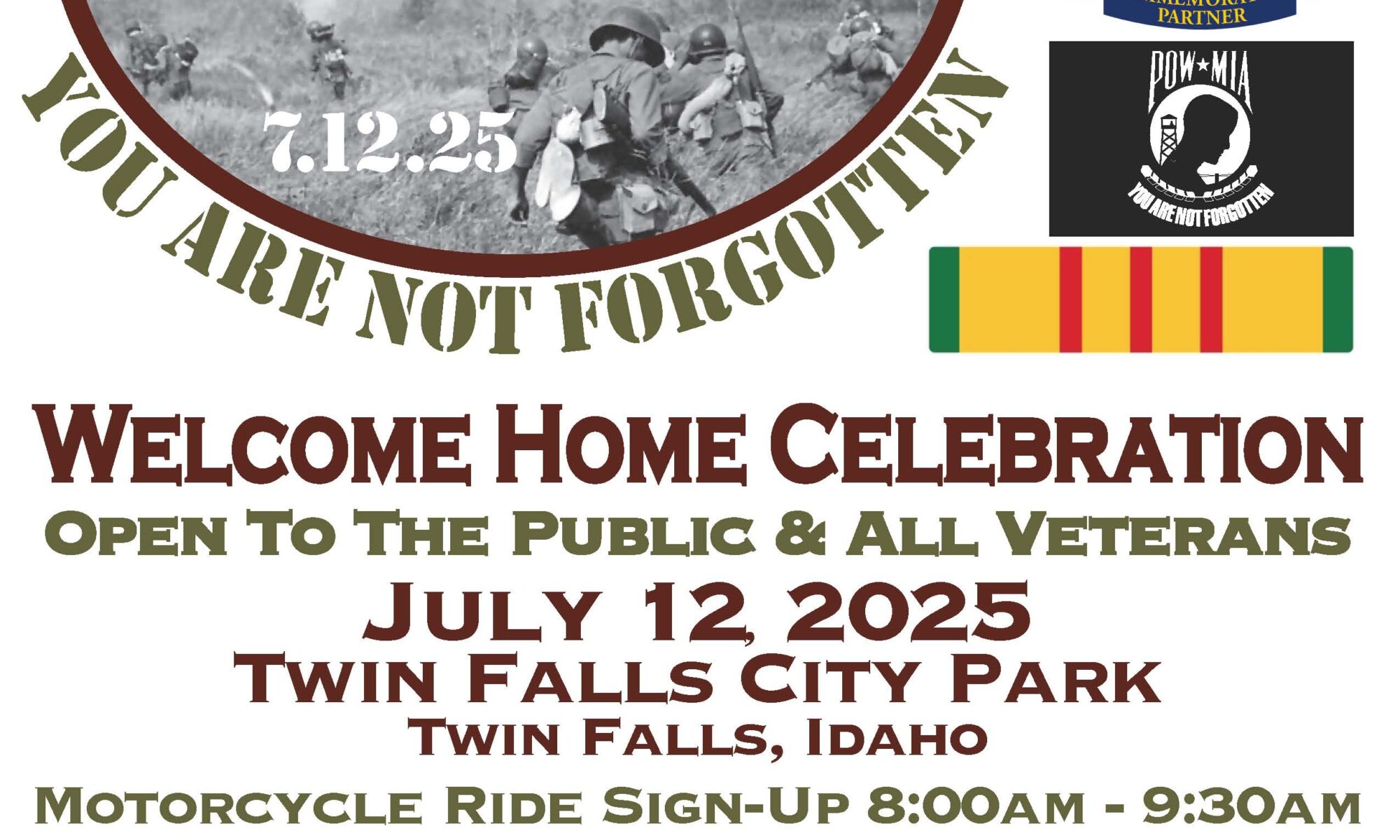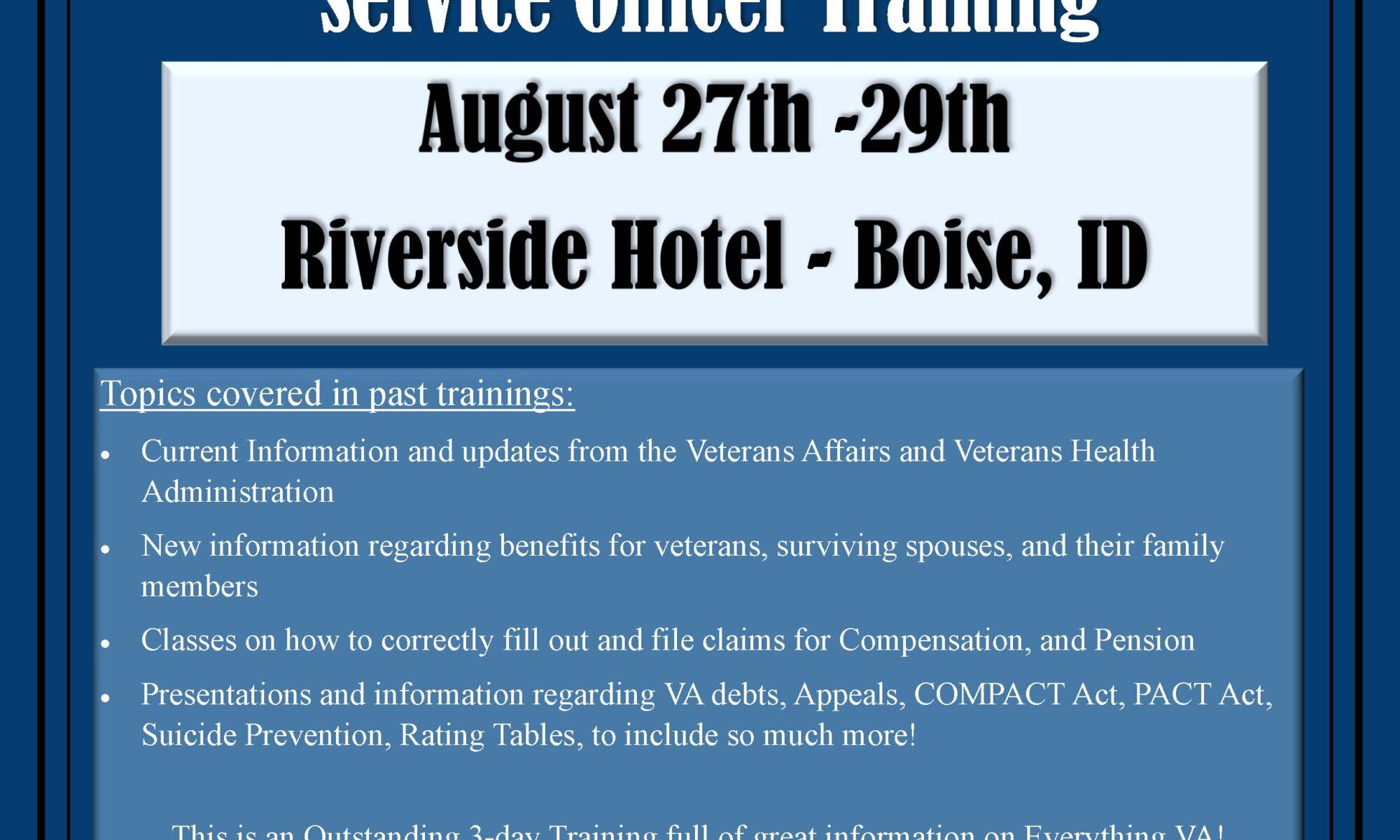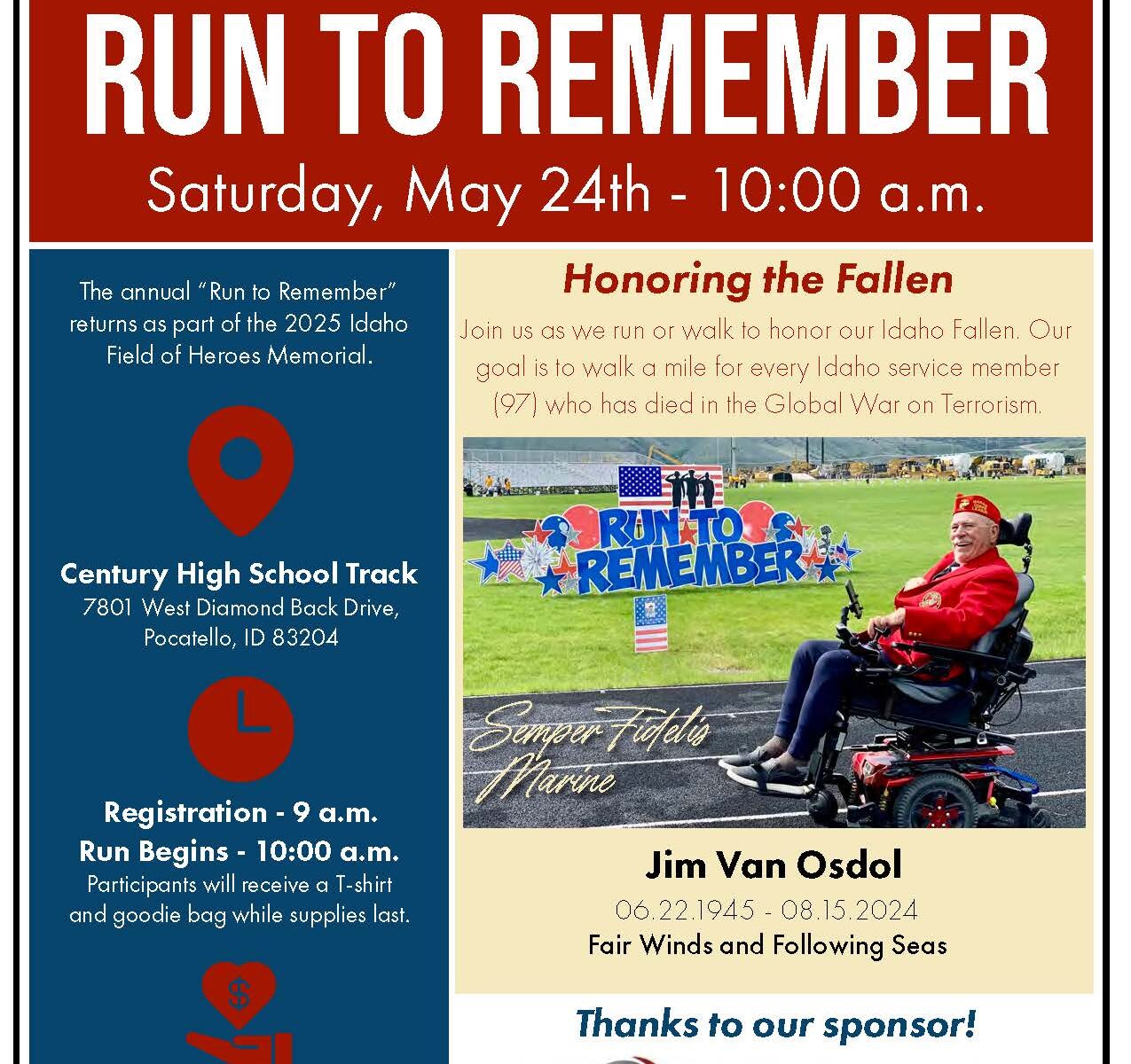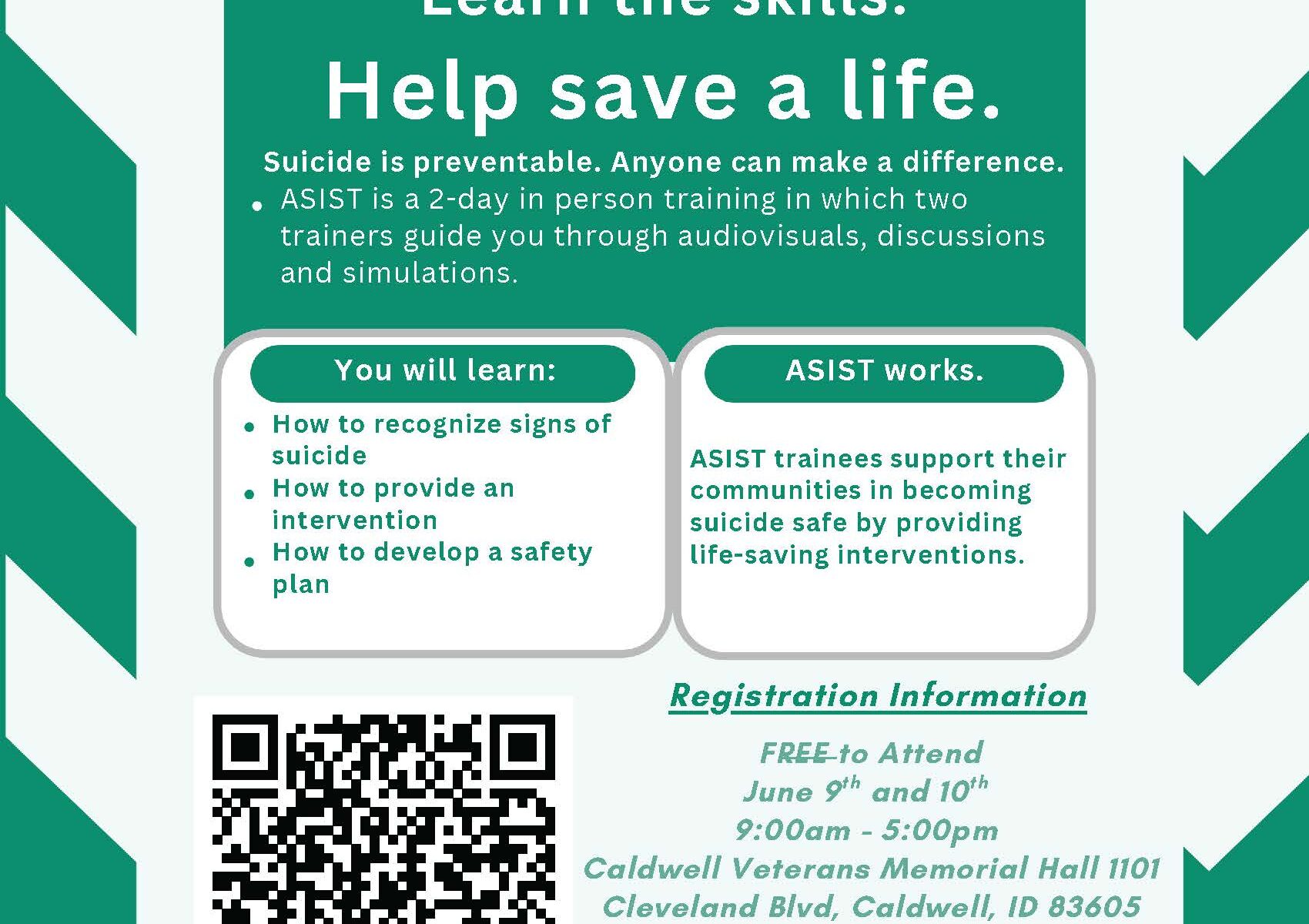11th Annual Vietnam War Veterans Commemoration | July 12, 2025 – Twin Falls, ID
Join the community of Twin Falls, Idaho for the 11th Annual Vietnam War Veterans Commemoration—a heartfelt Welcome Home Celebration honoring all who served during the Vietnam War. This event is free, open to the public, and packed with meaningful moments, including a motorcycle tribute ride and free BBQ.
Hosted by Hospice Visions, LLC, the celebration ensures our Vietnam Veterans hear the words they didn’t always receive when they returned: “Welcome home. You are not forgotten.”
📍 Event Details
-
Date: Saturday, July 12, 2025
-
Location: Twin Falls City Park, Twin Falls, ID
-
Motorcycle Ride Sign-Up: 8:00 AM – 9:30 AM
-
Kickstands Up (KSU): 10:00 AM
-
Free BBQ Lunch: 12:30 PM
🏍️ Tribute Ride
Veterans, riders, and community members are invited to join the motorcycle tribute ride, a symbolic journey of unity and remembrance leading into the event.
🍔 Free BBQ
Enjoy a free community BBQ lunch starting at 12:30 PM—served with gratitude to those who served.
💬 Contact Info
📞 Call: 208-735-0121
📧 Email: nwells@hospicevisions.org
🌐 Learn more: Hospice Visions, LLC
🎖️ Event Partners & Sponsors
This event is made possible by generous support from:
-
Vietnam Vets Legacy Vets MC
-
Combat Veterans Motorcycle Association 13-5
-
Con Paulos Chevrolet
-
Chick-fil-A, Falls Brand, Fred Meyer, Pepsi
-
TitleFact, Inc., Hospice Visions Home Health & Home Care
-
The Daughters of the American Revolution
🙌 Open to Everyone
This celebration is not just for Vietnam Veterans—it’s for all veterans, families, motorcycle riders, and anyone who wants to show their appreciation for our nation’s heroes.
Let’s make sure every Vietnam Veteran knows that they are remembered, respected, and deeply honored.









